Vinyl Flooring Guide
Luxury Vinyl Tile (LVT) flooring has become extremely popular in recent years thanks to it being a durable and a cost effective solution to your flooring needs.
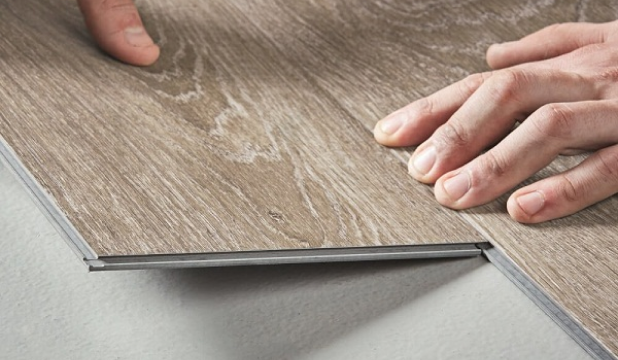
Contents
Intro
How does Vinyl Flooring Compare?
| Vinyl | Solid Wood | Engineered Wood | Laminate | |
|---|---|---|---|---|
| Hardwearing | 5 | 2 | 3 | 4 |
| Maintenance | 1 | 5 | 4 | 1 |
| Initial Cost | 3 | 5 | 4 | 2 |
| Refinish | ||||
| Longevity | 3 | 5 | 4 | 3 |
| Easy to Clean | 5 | 2 | 2 | 4 |
| Water Resistant | ||||
| Underfloor Heating | 4 | 1 | 5* | 4 |
Key
![]() Suitable
Suitable
![]() Not Suitable
Not Suitable
*subject to floor thickness/manufacturer
(1-5) rated least to most
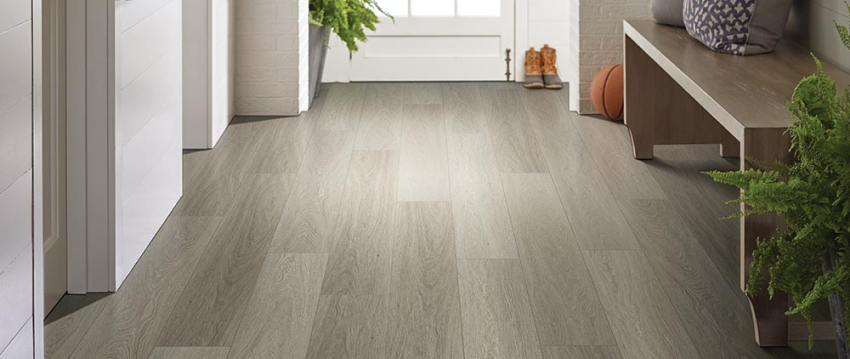
Room Suitability
Suitable Areas
![]() Living Spaces
Living Spaces
![]() Kitchens
Kitchens
![]() Stairs
Stairs
![]() Bathrooms
Bathrooms
![]() Conservatories
Conservatories
![]() Basements
Basements
Unsuitable Areas
![]() None
None
What is Vinyl Flooring?
Vinyl flooring is available in two varieties, luxury vinyl tiles (LVT) and vinyl flooring roll. Both are composed of several layers of synthetic material, including fibreglass and PVC vinyl. Consult this useful ‘The Spruce’ publication for more information on the differences between LVT and vinyl flooring rolls.
LVT flooring is suitable for all living areas thanks to its resistance to high temperatures and high levels of foot traffic. It's an ideal choice for domestic and commercial environments.
Luxury vinyl flooring is especially popular in kitchens and bathrooms, as it possesses excellent resistance to scratches and moisture. LVT and vinyl roll is 100% waterproof, meaning water fights at the kid's bathtime aren't going to damage your bathroom. However, if LVT is not properly installed, moisture can seep through the seams. If you're looking for a little extra comfort from your flooring, vinyl is compatible with underfloor heating up to 27°C.
What is SPC Flooring?
SPC Flooring stands for stone plastic/polymer composite. It comprises a rigid core of PVC and limestone powder, giving it superior strength to its 100% vinyl counterparts. SPC is considered the latest innovation in vinyl flooring and it still retains the key benefits of traditional vinyl. There are a few disadvantages to SPC, for example, its stone composition makes it much harder than LVT or vinyl flooring roll, meaning it is less comfortable underfoot and certainly colder.
Vinyl Flooring Effects
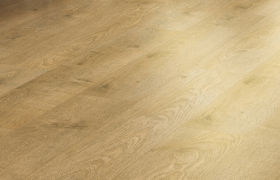
Wood Effect
Wood effect usually comes in the form of a plank board.
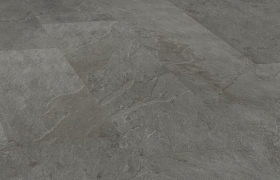
Stone Effect
Ceramic and stone effects are normally tiles, meaning more design opportunities when installing your vinyl floor.
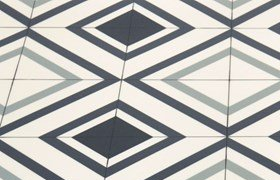
Tile Effect
Geometric vinyl tiles bring a modern touch to the home. They can be used in living, kitchen or bathroom areas.
Style Options
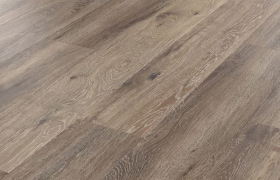
Square Edge
Creates a smooth surface throughout the room.
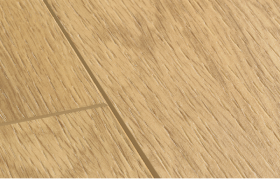
Bevelled Edge
Bevelled edge vinyl tiles can help hide any small gaps between the boards which might appear over time.
How to Lay Vinyl Flooring?
There are three types of vinyl installation; click locking system, glue down and looselay. You should always check which method your vinyl flooring is before attempting installation.
The click locking system is simple to install, making it DIY friendly. With the click locking system, you can also easily unlock the boards at any time to remove or change them. Vinyl click flooring always requires an underlay for support and levelling between the subfloor and the floor. It is vital that you buy the correct underlay if it is not already built-in.
Vinyl floors can also be glued down. This process can be trickier so a professional is recommended. If you prefer standard vinyl rolls, this is the best installation method, whereas the click method is more suitable for wood effect planks. If you're keen to have a go at glueing using your own flooring adhesive, take a look at this useful Quick-Step video.
The subfloor should always be clean, dry and level, meaning less than 3mm deviation over a 1m area. You can prepare this area by washing it and leaving it to dry. Looselay vinyl has a grip at the backside of the board that attaches directly to the even subfloor, eliminating the need for underlay. This type of installation method is quick and durable, plus, like click locking system vinyl, it can be detached if needed.
Because LVT floors are thinner than laminates and solid wood, you can often slip them under your skirting boards without removing them or using any flooring trims.
Acclimatising
You will need to acclimatise your vinyl tiles before installation. This is as simple as opening the box and leaving them in the middle of the room for 48 hours. The room should be kept at a steady temperature. Please make sure you leave an expansion gap of a minimum of 5mm to prevent the vinyl tiles from warping during seasonal temperature changes. For more specific step by step guidance, please see the installation manual from your chosen manufacturer.
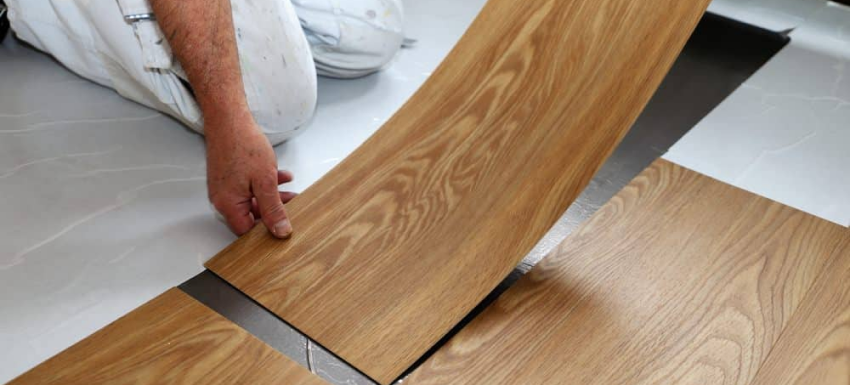
How to Cut Vinyl Flooring?
The first step to trimming vinyl is to ensure the printed side is facing upwards. You will then need a concave vinyl knife, a pencil and some gloves for safety. Simply mark the area with the pencil and use the knife to cut along this area. Break the flooring apart with your hands holding the design side away from your body. If you are cutting a small piece away, pliers will work just as well.
How to Clean Vinyl Flooring?
Care and maintenance of your vinyl flooring is easier than caring for solid wood (e.g. oak flooring) because water will not damage its quality or function. Warm water and light soap are usually enough for your regular weekly upkeep. If using chemicals, please check all labels carefully to ensure they are suitable for use on vinyl flooring. Loose dirt can be removed by light sweeping with a brush or hoovering.
Wipe away any spillages immediately with a damp cloth or a mop to avoid slip hazards and eventual damage. When cleaning, avoid dragging heavy furniture as this can scratch the surface. Always use felt pads on the underside of your furniture, to avoid any long term damage.
You can visit our well-stocked flooring showrooms for even more expert advice and a wide range of vinyl flooring options to suit all your flooring needs.
